My first exposure to the beautiful birds known as wood-warblers was on a small group of islands on the edge of the world (almost). The Farallon Islands, twenty five miles off the coast of San Francisco, are perhaps best known not for birds, instead for the population of Great White Sharks which come to feed on the breeding Northern Elephant Seals. But they are certainly famous for birds, as the islands are the largest seabird colony in the contiguous 48 states. Thirteen (it was twelve when I was there) species of seabird breed on the island, including massive colonies of Common Murres (or Common Guillemots for Brits), Brandt’s Cormorants, and Cassin’s Auklets, along with the largest colonies in the world of Western Gulls and Ashy Storm-petrels. During the breeding season the islands are crowded, frenetic, noisy, brutal, vibrant and generally astonishing.
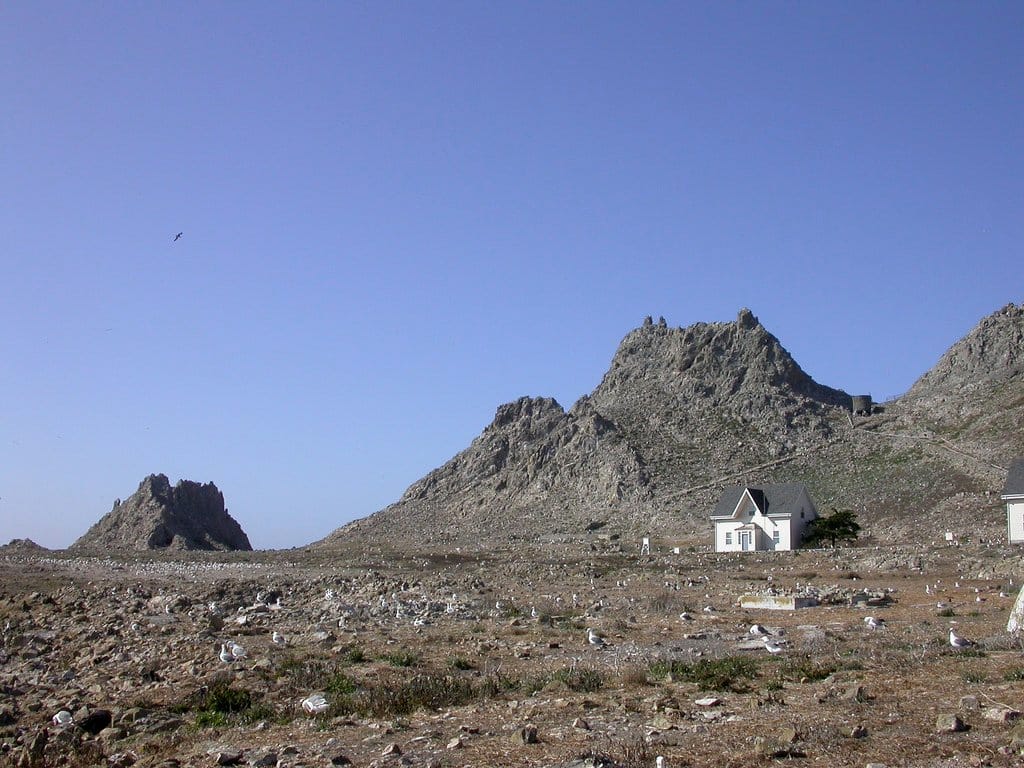 The Marine Terrace on South East Farallon Island late in the breeding season.
The Marine Terrace on South East Farallon Island late in the breeding season.
As you can see from the photo above, while the islands may be great for seabird breeding, the lack of much cover doesn’t make them such a promising place for landbirds. In fact when I worked on them (the summers and falls of 2003-2005) no landbirds bred on them, and on some summer days the only non-breeding birds we saw were passing shearwaters and a Black Brant called Molly who had gotten attached to the island some decade previously and is probably still there. Today there are Peregrine Falcons and Common Ravens breeding on the islands, and one pair of Canadian Geese, but landbirds generally do not breed here.
But that doesn’t mean there aren’t non-seabirds around. The islands are actually astonishing migrant traps, due to their position on the Pacific flyway and in particular being south of Point Reyes, which funnels migrating birds into a point and sends them straight to the islands. During the spring and particularly the fall many migrants turn up on the islands, for a few minutes, hours or even days. The absence of cover means that the whole island can easily be checked and the few trees (planted by people) can be watched carefully for rarities. And the island has had some mouth-watering rarities, for people who are into that kind of thing. Birds like the Brown Shrike, Eurasian Dotterel, Little Bunting, and Dusky Warbler. The rarity lovers have never forgiven me for flushing up a wagtail once on the island and being unable to identify it or call anyone else soon enough (I recognised the general jizz of a wagtail easily enough as a Brit, but was unfamiliar with the East Asian forms it would have represented). All told the island has a species list of over 400 birds.
That said, before you start planning your next birding trip around these islands, remember they are a closed national wildlife refuge. The only people that can visit are generally USFWS biologists and the biologists working with them from Point Reyes Bird Observatory. If you have the time to volunteer as an intern there it can be a life-changing experience. But it can also be quite vexing for rarity hunters who don’t volunteer when an Asian rarity rocks up and hangs out for a few weeks, so much so that I once saw a birding magazine describe Farallon as meaning the tension caused by a vagrant that can’t be got to!
My own list from the island has over 100 birds, at least 18 of which (according to eBird and my notes) are migrating wood-warblers (I’m certain there is at least one more from memory, but my notes are not perfect). These include Western species like the Audubon race of the Yellow-rumped Warbler (is that split again?), the Orange-crowned Warbler, MacGillivary’s Warbler and Wilson’s Warbler, widespread species like the Yellow Warbler and the Nashville Warbler, desert species like Virginia’s Warbler, northern migrants like the Palm Warbler, Tennesse Warbler, or utterly lost eastern species like the Chestnut-sided Warbler, or the Blackburnian Warbler.
Nashville Warbler (Vermivora ruficapilla) and Virginia’s Warbler (Vermivora viginiae) caught for banding on SEFI
According to a 1991 paper on the birds of the islands 42 species of wood-warbler have turned up on the islands, a very healthy percentage of the species found in North America. All of which, incidentally, belong to San Francisco county’s list, as the islands are part of the county and city (perhaps making San Francisco even better for wood-warblers than New York City?). If you have your Sibley Guide handy, check out page 439. See that one vagrant record of a Golden-cheeked Warbler? The only California record? That was from the Farallones.
My most memorable Farallon wood-warbler experience wasn’t actually on the islands, but on my way to them. The island is serviced with food every two weeks by a volunteer network of yacht owners known as the Farallon Patrol. I was returning to the island after a break in mid August, but the trip was kind of unusual as we left from near Point Reyes instead of San Francisco. The morning was fairly calm with high cloud, perfect weather for nocturnally migrating birds to drop from on high and suddenly realise they are over water and head for land. In the case of one small tired looking Townsend’s Warbler the nearest “land” was the yacht we were taking to the island.
So the next time you get all excited about some vagrant wood-warbler, just remember that from its perspective it just got redirected from Orlando to Newark and its luggage is in Kiev. And it has just been handed a bill for $1000 dollars for that pleasure. One person’s great twitch is another bird’s really bad day.
————————————————————————————————————————————————
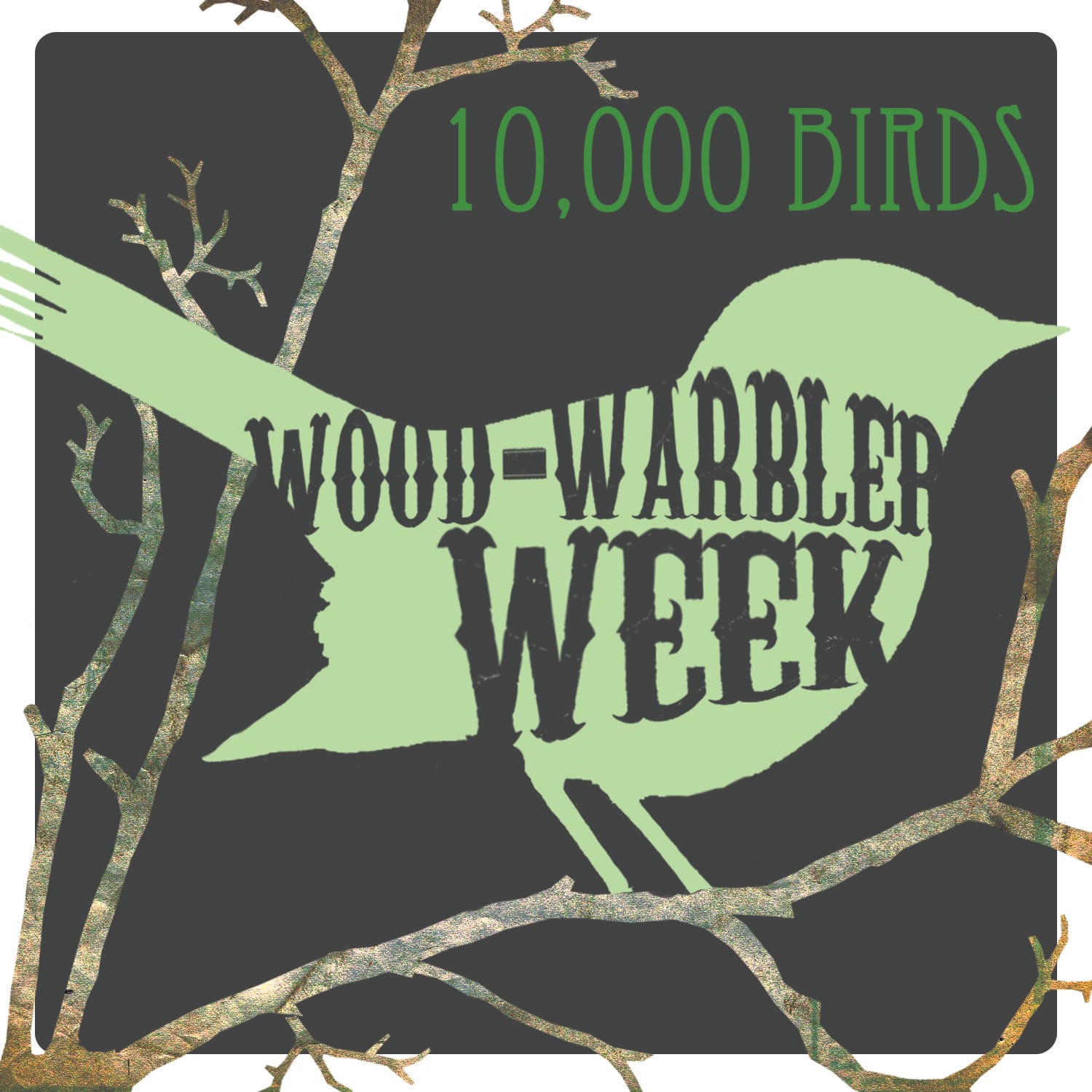 This week, 8 May – 14 May 2011, is Wood-Warbler Week on 10,000 Birds! Though wood-warblers, the mostly brightly colored birds of the family Parulidae, are only found in the New World we felt that birders the world over would be pleased to see a plethora of posts about these striking and sought after species. We are devoting a whole week to wood-warblers but are only just barely scratching the surface of possible topics involving this amazing family of birds.
This week, 8 May – 14 May 2011, is Wood-Warbler Week on 10,000 Birds! Though wood-warblers, the mostly brightly colored birds of the family Parulidae, are only found in the New World we felt that birders the world over would be pleased to see a plethora of posts about these striking and sought after species. We are devoting a whole week to wood-warblers but are only just barely scratching the surface of possible topics involving this amazing family of birds.
Right now great flocks of wood-warblers are making their way north from the southern United States, Mexico, the Caribbean, Central and South America to breed across the United States and Canada. Many other non-migratory wood-warbler species are living their lives across the neotropics, doing their best to survive and pass on their genes. Wood-Warbler Week is a celebration of all wood-warblers and we hope you join us in celebrating these absolutely wonderful birds. Read about them here but also get out and experience them. You won’t regret it!
————————————————————————————————————————————————


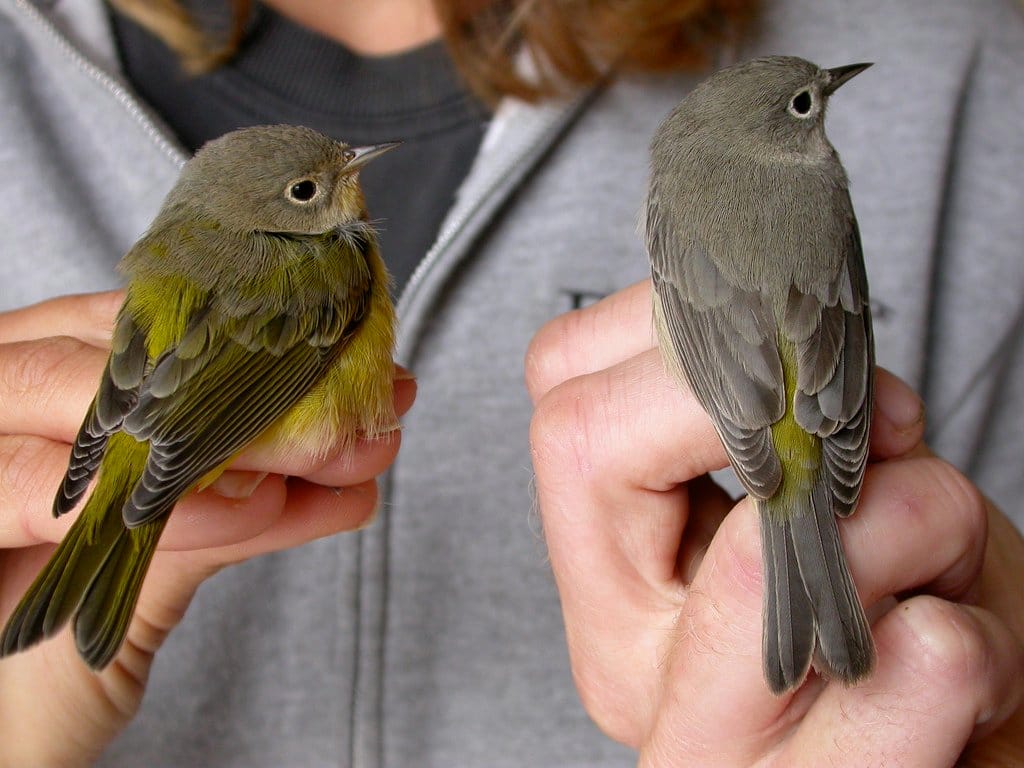
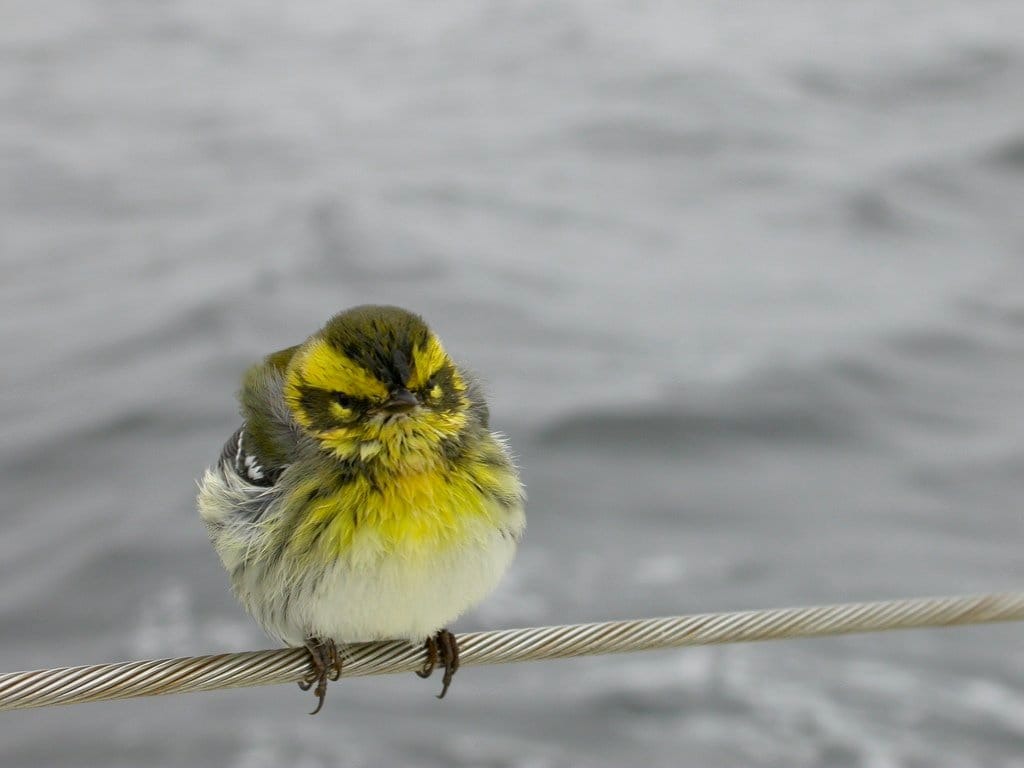
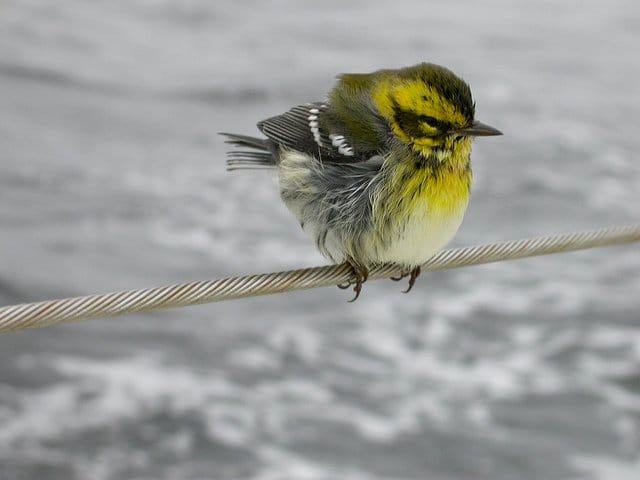
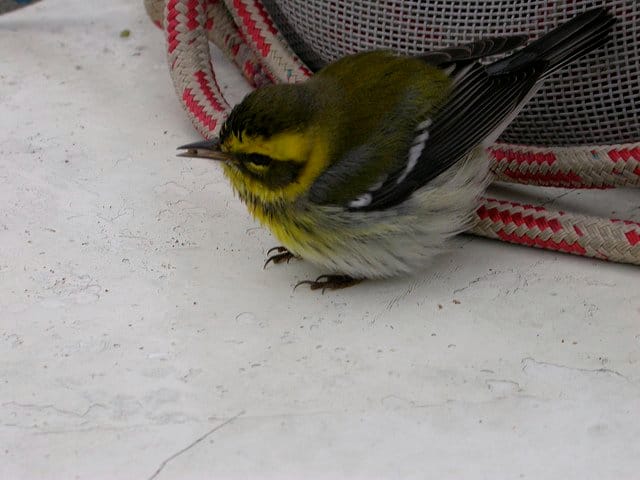












That last sentence is priceless! 🙂